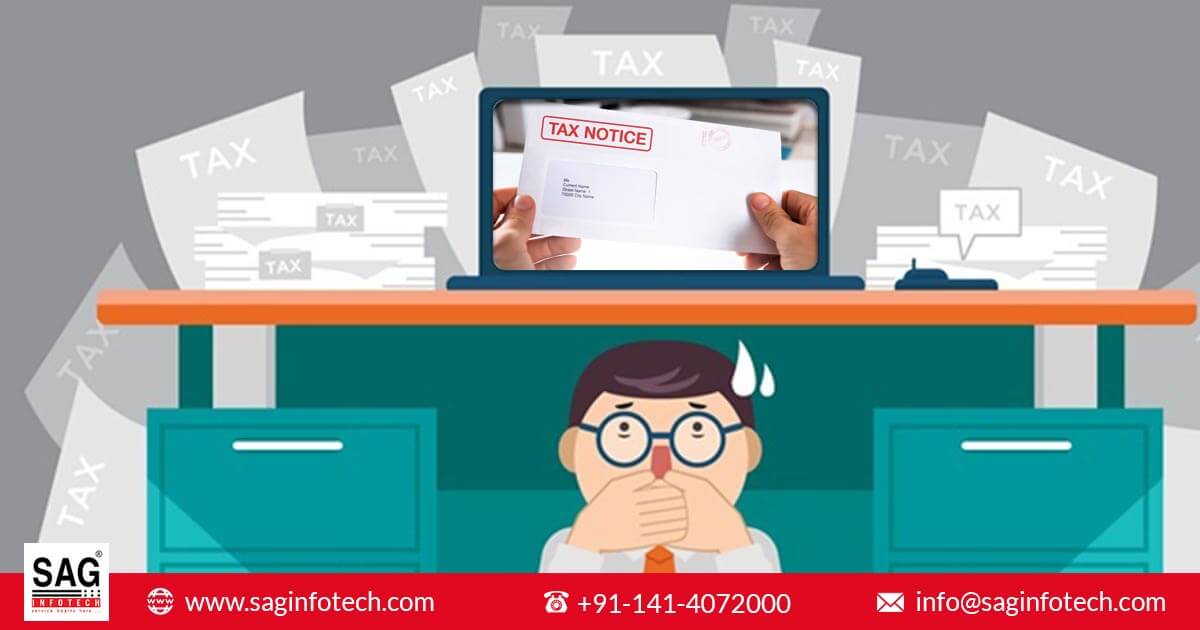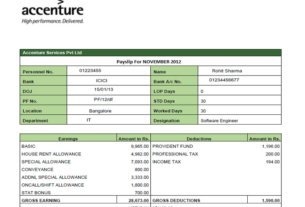Implemented in 2017, GST, or the Goods and Services Tax, marked a significant moment in Indian taxation history. This monumental indirect tax reform replaced the prevalent multi-taxation system (VAT, Excise Duty, Service Tax) with a single unified tax. This change in indirect taxation had a visible impact on the price of goods and services. For instance, under the old tax regime, when you purchased gold jewellery, you had to pay excise duty and VAT. However, under the new regime, you only pay GST on gold jewellery.
The various regulations under the GST system have brought transparency and efficiency to the tax collection system. GST invoicing is the foremost among these regulations that streamline the tax filing process and guarantee freedom from double taxation issues.
What is a GST Compliant Invoice?
A GST invoice is a document issued by a seller or supplier of goods and services to the buyer of the same. This invoice outlines the names of the transacting parties, the type, and nature of the goods involved, their quantity, price, date of supply, etc. A GST invoice also highlights the tax levied on the supply of each item as well as the discounts issued on them.
What Makes a GST-Compliant Invoice Important?
A GST invoice is the backbone of the GST regime. The tax regime was introduced to streamline compliance and negate the issues of cascading taxes and missed input credits. GST invoices are crucial in realising the potential of the new taxation system.
If you’re wondering what makes a GST invoice indispensable, here’s a list of its uses you can review:
To Establish the Validity of Transactions
All GST-compliant invoices highlight important details relating to the transaction. From the date of issuing the invoice to details about the parties and their registration status, a GST invoice essentially serves as proof of valid transactions.
While filing GST returns, these details will be needed to prove that a transaction under the GST Act has indeed taken place. Thus, if you buy gold jewellery or a car, you will need to have a GST invoice outlining the total GST on the gold jewellery or car.
Needed for Input Tax Credit Calculations
Businesses pay a certain GST on the purchase of input items for their operations. They also pay GST on the sales of their goods and services. Your input tax credit is the difference between these two taxes. In simple terms, an input tax credit is a refund due to you on the tax you’ve already paid on transactions. This credit can be used to lower your output tax liabilities.
For instance, a trader purchases goods worth ₹10,000 for his business, paying 10% as GST. He sells the goods for ₹15,000, collecting a GST of ₹1,500 from the buyer. In this case, his tax liability will be 500 since he has already paid ₹1,000 to the government as input tax.
However, you can only claim this input tax credit against proof of valid GST-compliant transactions. GST invoices outline the date of supply and the tax burden, proving the transaction. This helps claim the credit to counter ‘tax-on-tax’ or double taxation burdens. Failing to furnish GST invoices as proof can lead to the reversal of input tax credit, with the sum being added to your output tax liability.
Helps with Timely Payments and Return Filing
Calculating your tax liability can be a hassle in the absence of a systematic framework. With GST invoices, you can side-step issues of late payments, missed return filing windows, and penalty charges.
Your GST invoices help maintain a clear record of all GST-compliant transactions in the month. So, you can refer to your GST invoices to determine the amount payable and the corresponding due date. This helps you make monthly payments without missing due dates.
Legal Requirement
The GST regime was introduced to do away with multiple indirect taxes resulting in compliance issues. Making the compliance process simple, GST invoices consolidate records of supply, time, and taxes charged. Additionally, GST invoices also make off-setting of input taxes possible. Thus, per the GST laws, all businesses with a GST registration must issue GST invoices. It is not just a voluntary, but mandatory requirement for taxpayers registered under the GST regime.
The Bottom Line
The importance of a GST invoice boils down to its ability to streamline the taxation system. Considered the building block of the system, this single document summarises the taxation burden distribution in the value chain, simplifying tax calculations.
To make the process of invoicing easy, the government has introduced an e-invoicing facility that will automatically work with the whole GSTN. This feature makes filing GST refund, returns form, and e-way bill generation much easier. Moreover, today there are several GST invoicing software options available on the market, which offer both a reduction in the effort needed as well as calculation errors. Relying on these automated tools helps boost efficiency and compliance with minimal effort.



